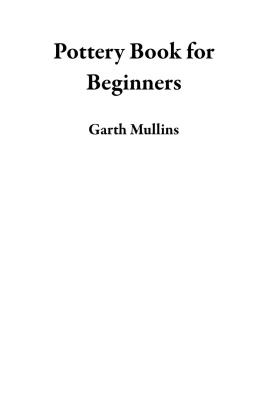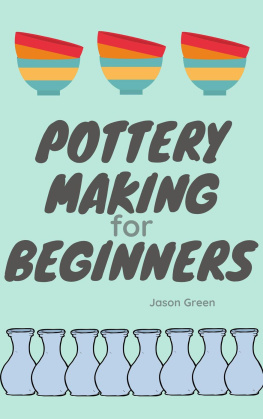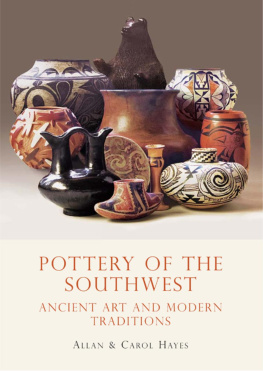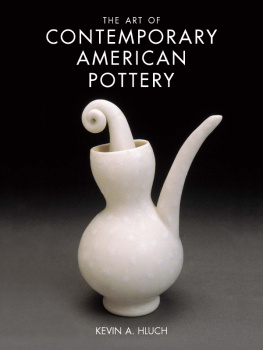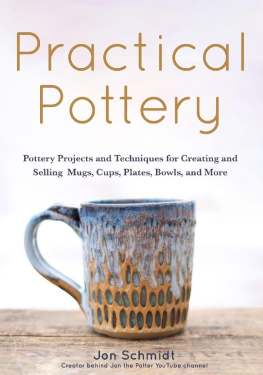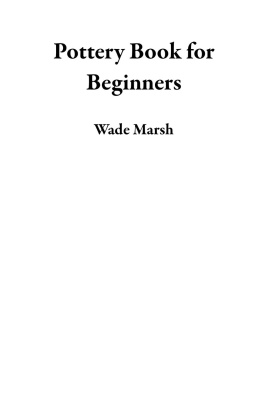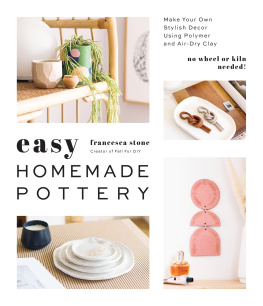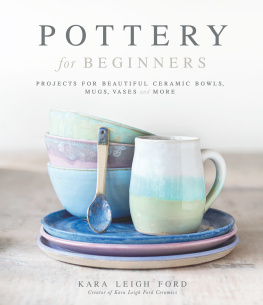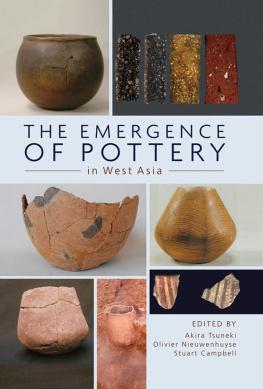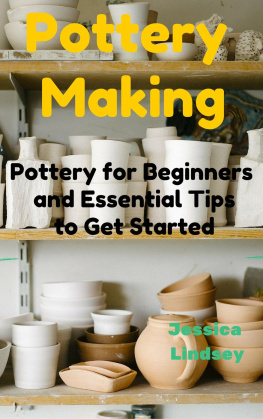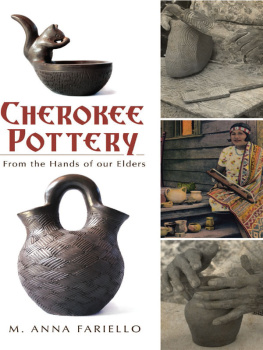Garth Mullins - Pottery Book for Beginners: A Potters Guide to Sculpting 20 Beautiful Handbuilding Ceramic Projects Plus Pottery Tools, Tips and Techniques to Get You Started
Here you can read online Garth Mullins - Pottery Book for Beginners: A Potters Guide to Sculpting 20 Beautiful Handbuilding Ceramic Projects Plus Pottery Tools, Tips and Techniques to Get You Started full text of the book (entire story) in english for free. Download pdf and epub, get meaning, cover and reviews about this ebook. year: 2021, publisher: Garth Mullins, genre: Home and family. Description of the work, (preface) as well as reviews are available. Best literature library LitArk.com created for fans of good reading and offers a wide selection of genres:
Romance novel
Science fiction
Adventure
Detective
Science
History
Home and family
Prose
Art
Politics
Computer
Non-fiction
Religion
Business
Children
Humor
Choose a favorite category and find really read worthwhile books. Enjoy immersion in the world of imagination, feel the emotions of the characters or learn something new for yourself, make an fascinating discovery.
- Book:Pottery Book for Beginners: A Potters Guide to Sculpting 20 Beautiful Handbuilding Ceramic Projects Plus Pottery Tools, Tips and Techniques to Get You Started
- Author:
- Publisher:Garth Mullins
- Genre:
- Year:2021
- Rating:3 / 5
- Favourites:Add to favourites
- Your mark:
Pottery Book for Beginners: A Potters Guide to Sculpting 20 Beautiful Handbuilding Ceramic Projects Plus Pottery Tools, Tips and Techniques to Get You Started: summary, description and annotation
We offer to read an annotation, description, summary or preface (depends on what the author of the book "Pottery Book for Beginners: A Potters Guide to Sculpting 20 Beautiful Handbuilding Ceramic Projects Plus Pottery Tools, Tips and Techniques to Get You Started" wrote himself). If you haven't found the necessary information about the book — write in the comments, we will try to find it.
You stand to gain numerous benefits from starting a pottery business or even practicing the art as a hobby. Pottery making business requires some level of expertise before making beautiful and attractive pots and selling them for profit. One of the interesting things about venturing into this craft is that you dont have to spend too much money before getting into a pottery business of your own.
Pottery making is the final result of blending and mixing objects, including clay and ceramic. There are several steps you need to follow to make beautiful and attractive pottery designs. Meanwhile, the first step you need to consider is finding the clays before even hitting the pottery studio to create a masterpiece of art. Pottery started long ago, and it has grown massively to serve millions of people worldwide.
Pottery making is a fun and therapeutic activity that requires sufficient time to learn, understand and practice. However, once you can master the art of making pots and other objects with clay, you will only be moments away from being an expert in the field.
This guide, Pottery Book for Beginners, is packed with interesting, tips, tricks, techniques, and more that will aid your quest to become a potter in a short time.
Here is a snippet of what you stand to learn:
Cant wait to get started? Begin your pottery making journey by getting a copy of this book RIGHT NOW
Garth Mullins: author's other books
Who wrote Pottery Book for Beginners: A Potters Guide to Sculpting 20 Beautiful Handbuilding Ceramic Projects Plus Pottery Tools, Tips and Techniques to Get You Started? Find out the surname, the name of the author of the book and a list of all author's works by series.

